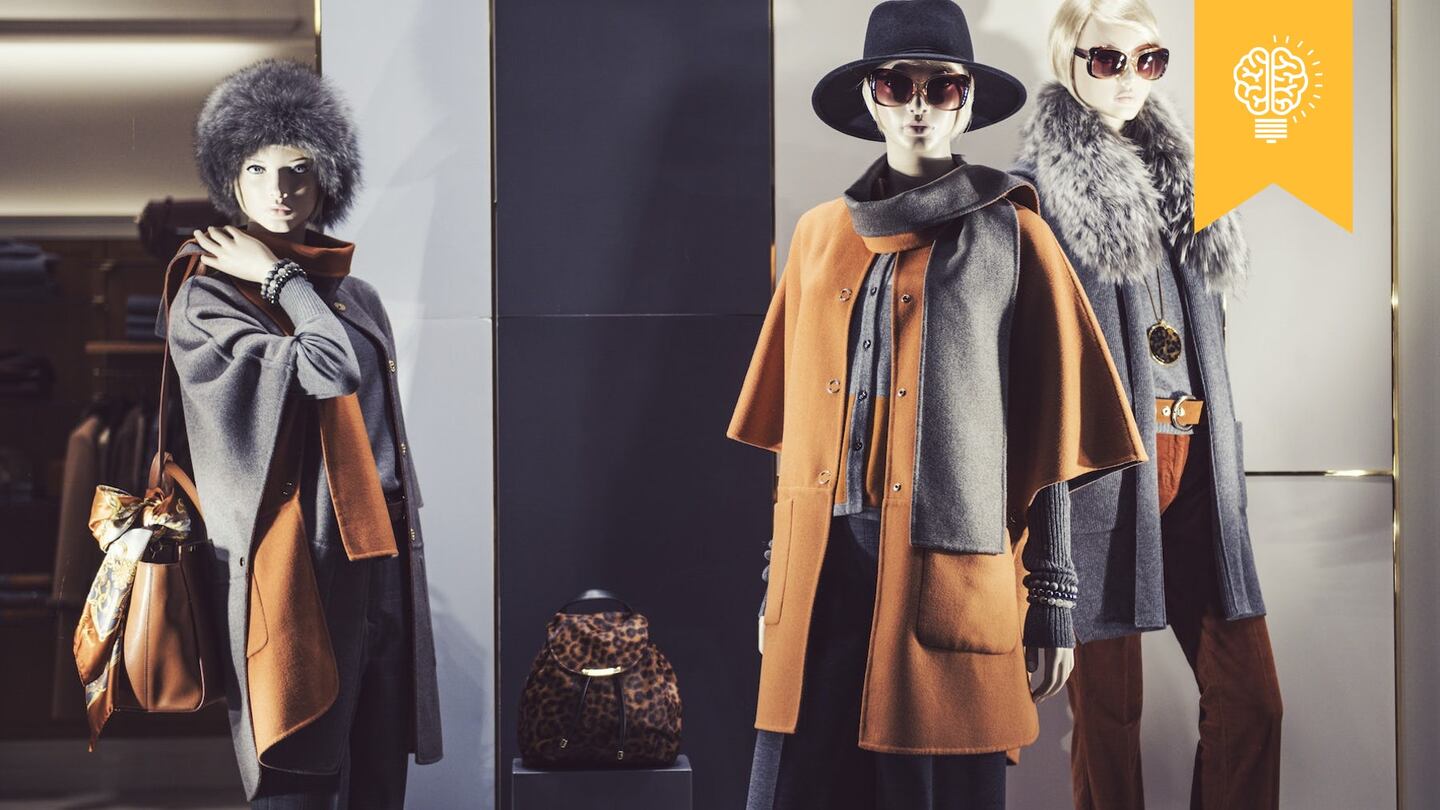
The Business of Fashion
Agenda-setting intelligence, analysis and advice for the global fashion community.

Agenda-setting intelligence, analysis and advice for the global fashion community.

LONDON, United Kingdom — Imagine a Hermès flagship store in the French countryside where consumers could experience a real riding stable complete with horses. Could this be the future of luxury retail?
We have just lived through an era of rapid global expansion during which luxury brands extended their retail networks to the four corners of the world. This era was dominated by three imperatives: that stores must look the same, that in-store service must be the same, and that bigger was better.
This has led to ever-larger flagship stores, cookie-cutter store designs and environments, ‘selling ceremony’ manuals and centrally-controlled buying and merchandising. For the brands, the advantage has been guaranteed quality standards. The disadvantage, of course, is that everything looks and feels the same, wherever you are, whatever the brand.
The approach is rapidly losing its pertinence: customers are moving on. The new middle classes, who were invited to share in these brands, now want to be surprised. They demand a newness and diversity that cannot be satisfied by uniform stores. The problem is compounded by the increasingly fragmented nature of the consumer base. Most mega-brands serve local and travelling consumers, indigenous and overseas clients, high-end and aspirational shoppers. A single standardised format simply does not work for all of these constituencies.
ADVERTISEMENT
These one-size-fits-all stores also lack an authentic backstory. They fail to relate anything emotive about the brand and its DNA. The message, emblazoned loud and proud, is rather: "I'm bigger than you" or "I'm all about white marble and steel" or "our salespeople are all dressed in black." There is too little brand-specific storytelling hardwired into the retail format. It’s time for luxury brands to counter-standardise their stores.
There is too little brand-specific storytelling hardwired into the retail format.
Counter-standardisation is about making stores different from one place to the next, as well as tailoring stores to different consumer groups. First class department store operators have taken the lead on the latter, creating locally relevant and distinct shopping experiences.
Harrods is shaping its brand portfolio to fit its high-end Middle Eastern clientele. Every element in the store — including private spaces and services — is geared to meet the demands of its consumer base. In Italy, La Rinascente in Milan has taken a locally specific lens to curating its brands, making the store relevant and specific, both to Milanese and visitors. Galeries Lafayette in Paris is moving towards receiving Chinese tourists in a dedicated new store, conceived to fit their needs and desires. Parisian clients will get the original store back.
Meanwhile, Selfridges is bucking the trend and has just opened a section of what will be the largest floor in Europe dedicated to leather goods, further escalating the ‘size’ arms race. This makes sense for Selfridges, which has by far the largest department store building in Europe and caters to a disproportionately domestic clientele.
But luxury brands must manage a conundrum: how to add diversity to their monobrand stores in a way that is at once recognisable, brand-enhancing and economically effective. For me, it’s a question of retail and DNA.
Louis Vuitton long ago added an art strain to its stores. Think of its exhibition space in its flagship on the Champs Elysées. Armani built a marvellous flagship in the centre of Milan. But as beautiful and relevant as these developments may be, they are superimposed on the brand; they do not come directly from the brand’s core DNA.
Stores can say a lot more about a brand’s DNA, while etching, reinforcing and confirming distinct brand perceptions in the minds of consumers. The best example that I can think of comes from Apple: the Apple brand is all about aesthetics and ease of use; the Apple Store is beautiful and teeming with engineers helping you to get the most out of your Apple products. Of course, this doesn't mean that Apple stores disregard retail fundamentals such as sales per square foot and profitability — quite the contrary.
Fendi is one of the very few luxury brands to have successfully implanted its brand’s DNA into its retail format. Its Palazzo Fendi flagship store houses a workshop dedicated to customised high-end furs. This is not just a tourist show. The workshop is fully integrated into the company’s main manufacturing facility in the Palazzo della Civiltà Italiana.
ADVERTISEMENT
Is it such a big step to imagine a Hermès flagship store built into a riding stable in the French countryside?
Luca Solca is the head of luxury goods at BNP Exane Paribas.
Related Articles:
[ The Store of the FutureOpens in new window ]
[ 7 Lessons for Retail in the Age of E-CommerceOpens in new window ]
The rental platform saw its stock soar last week after predicting it would hit a key profitability metric this year. A new marketing push and more robust inventory are the key to unlocking elusive growth, CEO Jenn Hyman tells BoF.
Nordstrom, Tod’s and L’Occitane are all pushing for privatisation. Ultimately, their fate will not be determined by whether they are under the scrutiny of public investors.
The company is in talks with potential investors after filing for insolvency in Europe and closing its US stores. Insiders say efforts to restore the brand to its 1980s heyday clashed with its owners’ desire to quickly juice sales in order to attract a buyer.
The humble trainer, once the reserve of football fans, Britpop kids and the odd skateboarder, has become as ubiquitous as battered Converse All Stars in the 00s indie sleaze years.